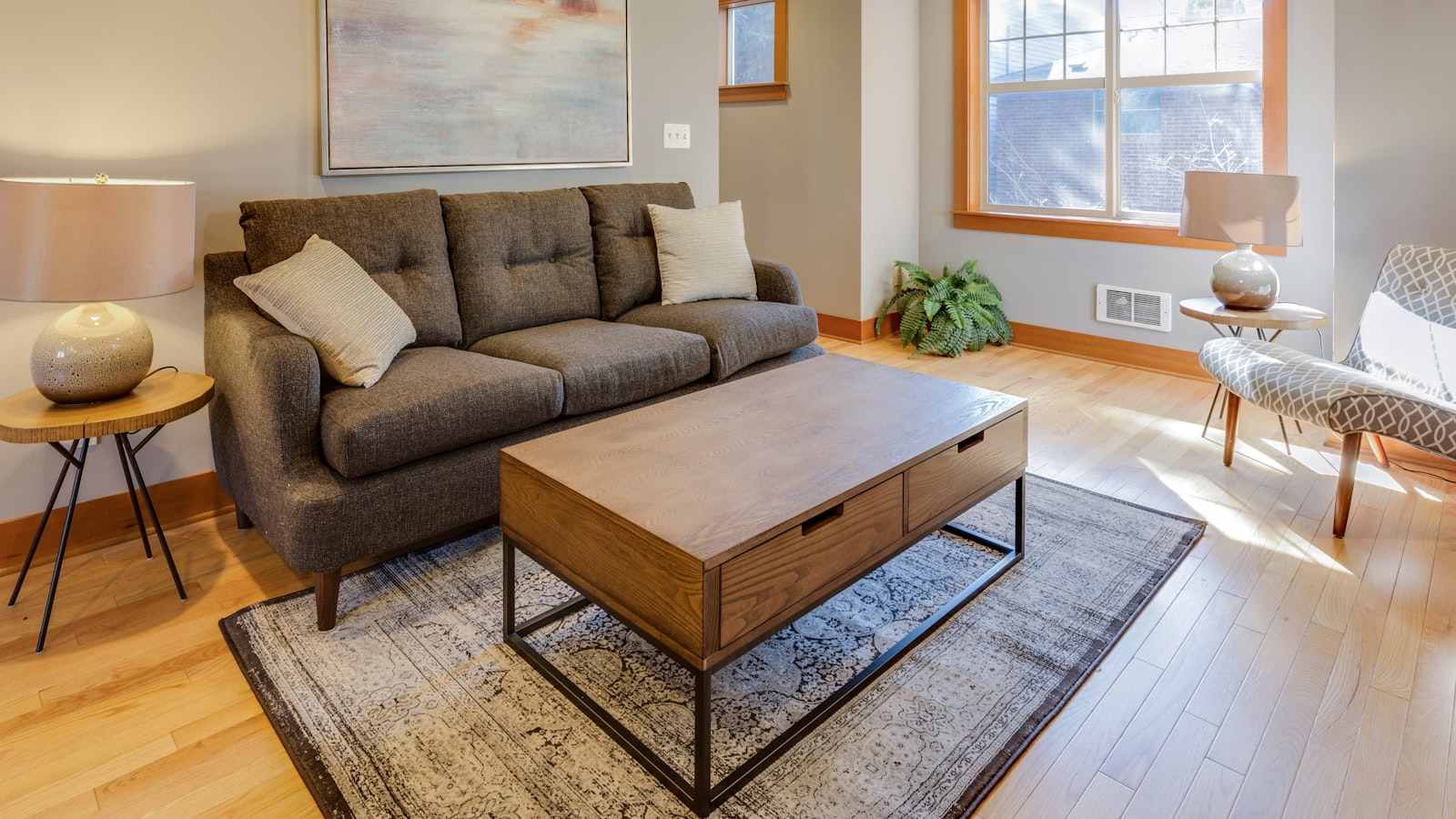Assisted Living Facilities
If you or a loved one requires more help with daily tasks than family and friends can provide, assisted living facilities may be an option. However, there are a few things to keep in mind before making the move.
Scheduled transportation to doctor’s appointments, grocery stores and other errand destinations.
assisted living facilities
Assisted living facilities are designed for seniors who need help with daily tasks like bathing or dressing. These facilities offer meals, housekeeping, laundry, 24-hour supervision, and recreational activities. They also have staff that can help with medications and medical services.
A senior who lives alone can become prone to loneliness, which is why many assisted living communities have an active social calendar and encourage their residents to participate. Many of these activities are adapted for different levels of physical ability, so even a senior with mobility issues can join in.
When looking for an assisted living facility, visit a few to observe the environment. Talk to administrators, staff, and residents. Ask about the facility’s suggestion, grievance, and complaint procedures, and whether they have resident and family councils.
does medicare pay for assisted living
The good news is that many states offer financial assistance to help pay for assisted living. Families can also consider purchasing long-term care insurance, which often covers this type of cost.
In addition to providing meals and housekeeping, assisted living facilities provide healthcare and security. They also schedule transportation and offer group activities like fitness classes, yoga, and other social events.
Generally, Medicare does not cover the costs of assisted living. However, some seniors can get federal help through the Aid and Attendance benefit. To learn more about eligibility, contact your local VA pension management center or Area Agency on Aging. Families with limited assets can also consider working with a Medicaid planning professional. These experts can creatively structure a family’s assets to ensure eligibility for this program.
how much is assisted living
Many families struggle to care for their aging loved ones alone, which can cause financial strain. When tasks such as cooking, cleaning, driving and medication management become too much, assisted living may be the solution.
According to insurance company Genworth, the national median cost of an assisted living apartment is $4,300 per month. However, the cost can vary depending on the size of the apartment and the level of care.
When visiting a residence, look for a contract that lists fees, services and admission and discharge policies. Consider having a family member or elder law attorney review it. Also ask about a community’s suggestion, grievance and complaint procedures. Be sure to learn whether the residence is licensed as an assisted living facility or has a license to provide memory care.
who pays for assisted living
Assisted living costs can be expensive, and you need to have an action plan in place to pay for them. There are many different ways to fund assisted living, including using long-term care insurance. Often, it is better to buy a policy early, as you will receive more coverage for the same price.
Generally, Medicaid will reimburse senior citizens for the cost of assisted living as long as they meet financial and functional criteria. However, a person must require nursing facility level of care to qualify for this benefit.
Some seniors choose to sell their homes to fund assisted living, but this can be challenging if there is still a mortgage on the property. Other options include selling assets or paying for care out of pocket.
assisted living vs nursing home
Assisted living is an option for older adults who need help with their daily routines but want to maintain as much independence as possible. Unlike nursing homes, which focus on medical care, assisted living communities prioritize personal care and support services.
Typically, residents pay for this type of care with their own resources (private pay), with limited coverage from long-term care insurance, or through Medicaid. Some states offer home and community-based waivers that can help low-income seniors afford assisted living.
When selecting a facility, be sure to visit and talk to staff members and residents. Ask questions about the entrance fee, monthly rent, and what is included in the service package. Also, check the facility’s suggestion, complaint, and grievance procedures. The National Center for Assisted Living has an online database that lists state regulations.










